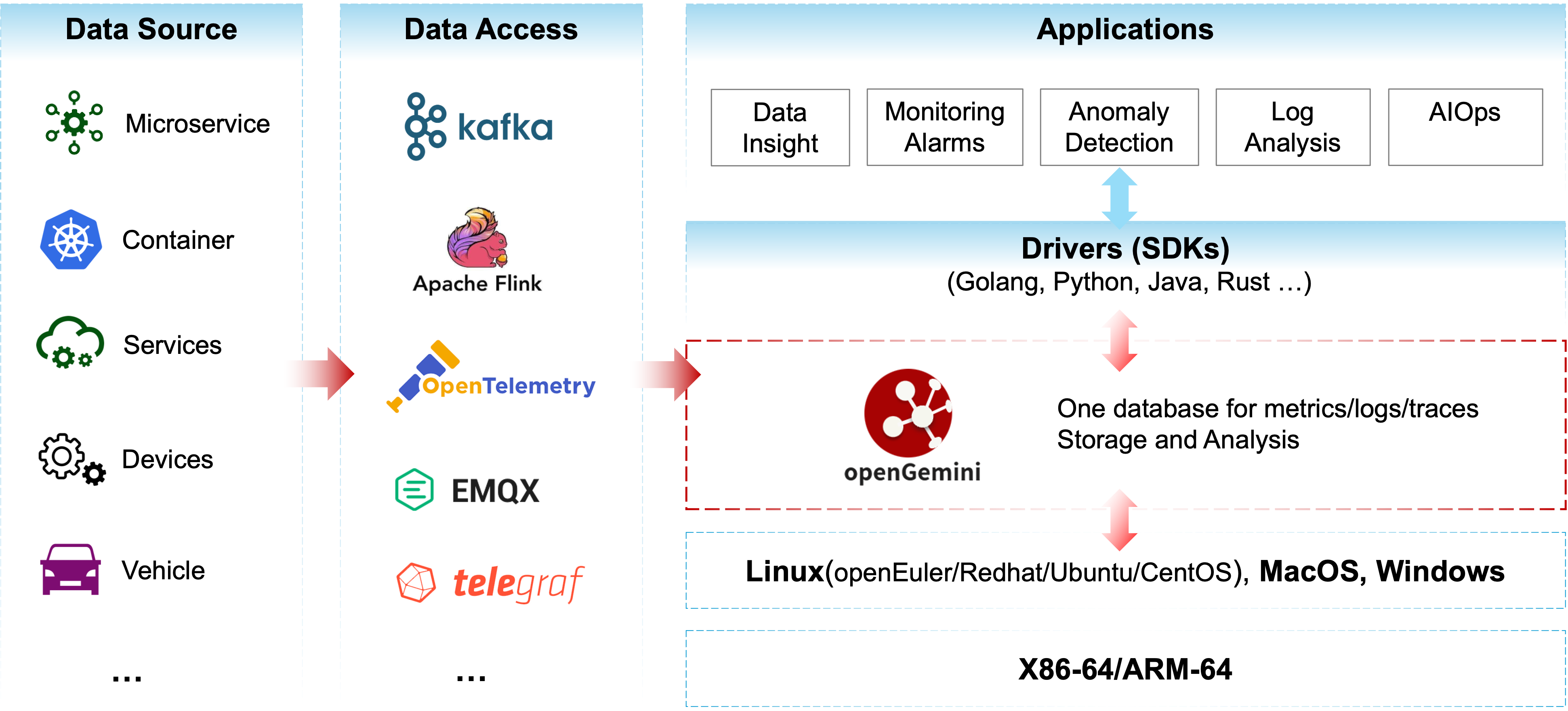


简体中文 | English
Official Website | Docs | Contribution Guide | RoadMap | Performance

openGemini is a cloud-native distributed time series database, focusing on the storage and analysis of massive telemetry data.
If you have used openGemini, please let us know and click submit Usage Information
Compared with other time series database, openGemini has the following advantages:
-
Store and query data quickly and efficiently with automatic partitioning, LSM-based storage techniques, and better data process engineering, see performance reports
-
Adopting MPP architecture, support distributed cluster deployment and can be flexibly expanded as business grows to meet higher load requirements, see Architecture
-
A new high cardinality storage engine solves problems such as excessive index memory usage and low read and write performance, see high cardinality storage engine
-
Data is stored in column format, and different data types use dedicated data compression algorithms. The data compression ratio is as high as 15:1 or higher, see Data compression algorithm
-
Supports stand-alone and cluster deployment, and supports various forms of deployment such as virtual machines, physical machines, containers, and clouds. Provides one-click container deployment tool (openGemini-operator) and one-click normal installation and deployment tool (gemix)
-
Compatible with InfluxDB v1.x Line Protocol, Influxql and read/write APIs, also compatible with existing InfluxDB toolchain
-
Containerized deployment, refer to openGemini-operator
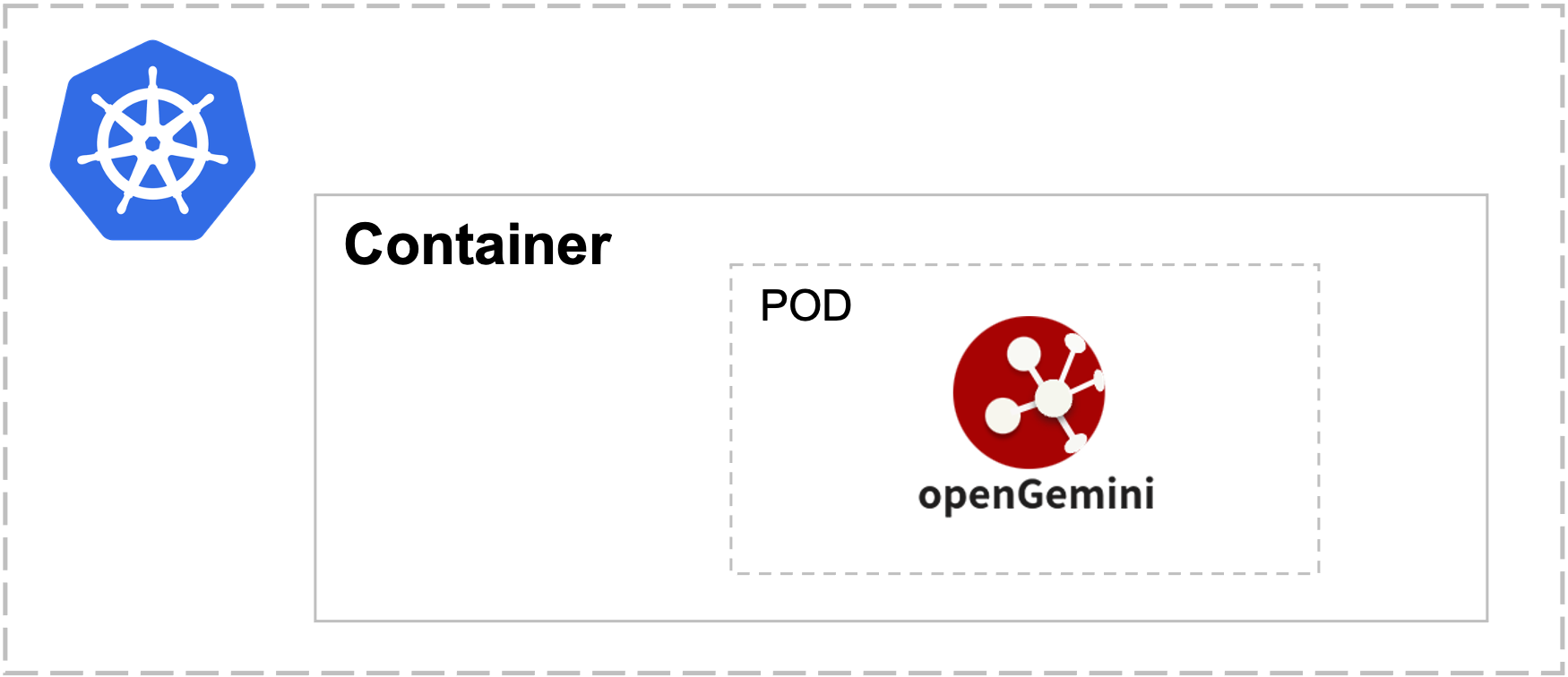
-
openTelemetry backend storage, simplified architecture
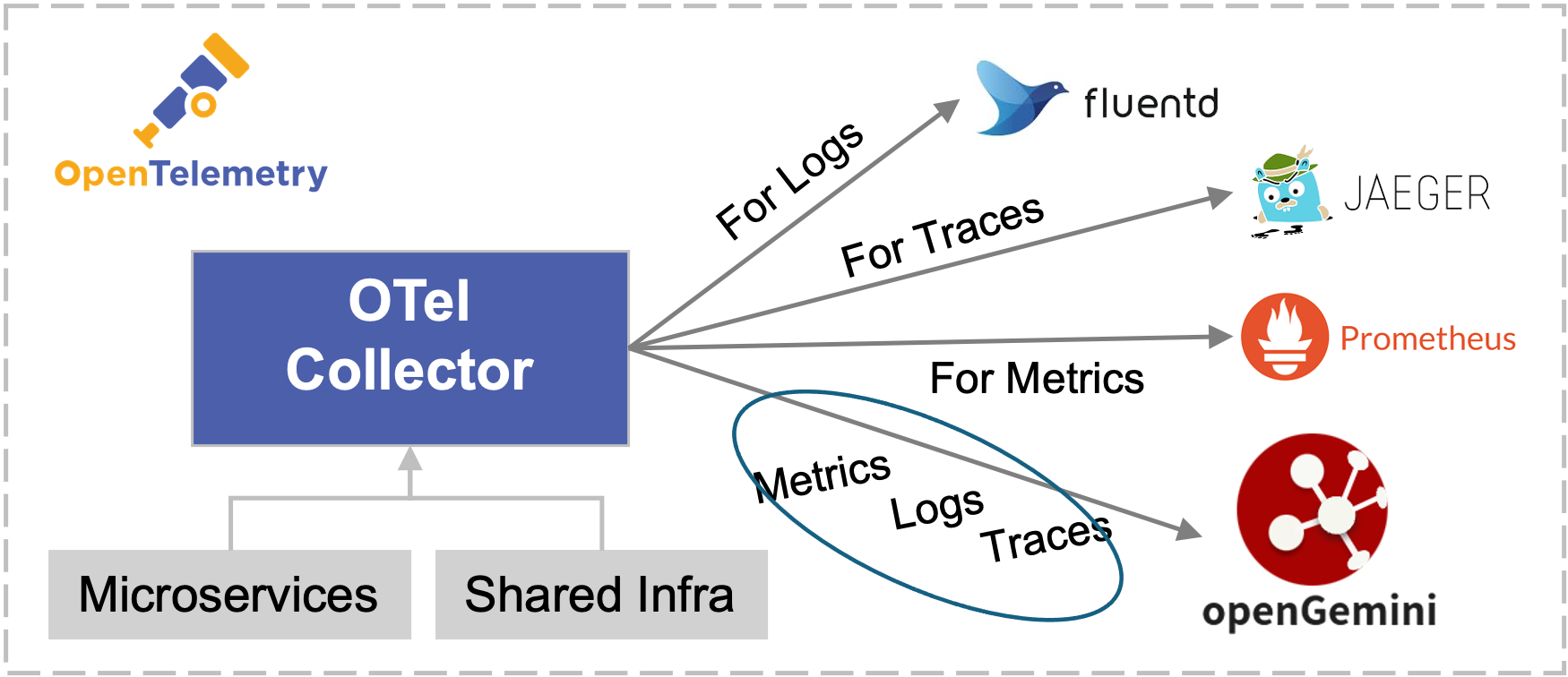
-
Prometheus backend storage,support remote read/write, and Support PromQL [WIP]
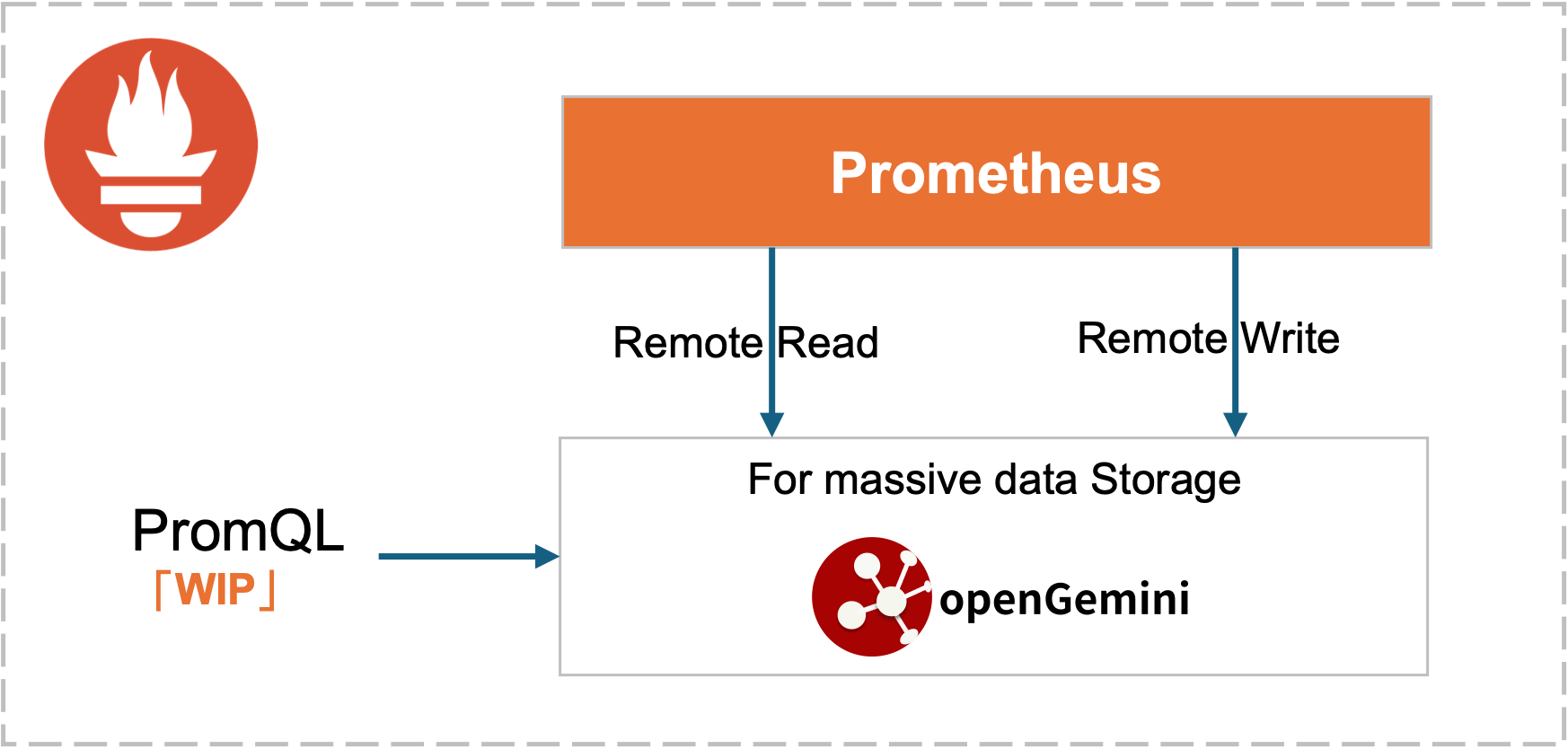
-
KubeEdge integration with openGemini, better manage edge device data
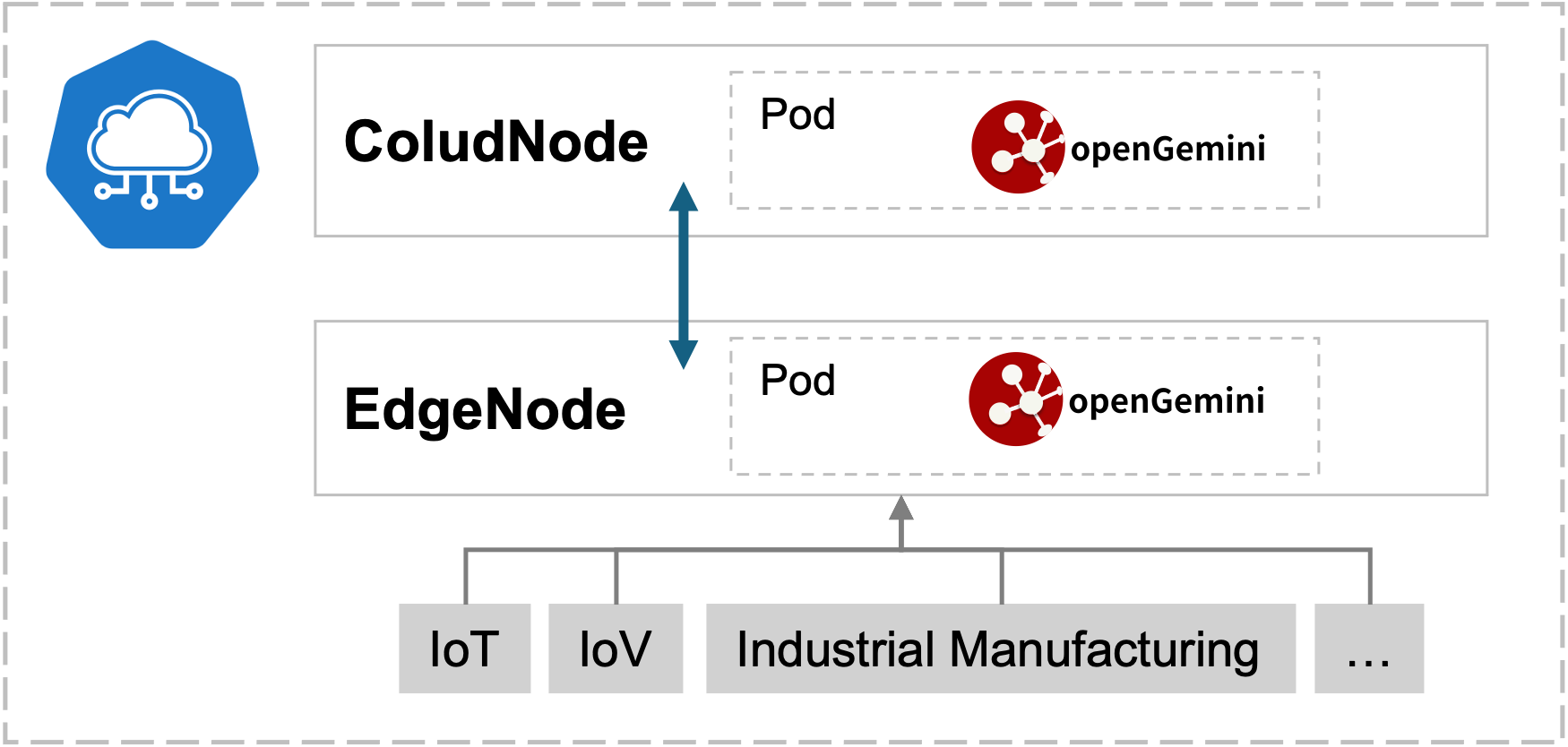
For a more detailed introduction, please visit our official website User Guide
This section mainly contains the following:
- How to compile openGemini source code
- How to run openGemini
GO version v1.19+
Python version v3.7+
Open ~/.profile configuration file and add the following configurations to the end of the file:
export GOPATH=/path/to/dir
export GOBIN=$GOPATH/bin
export GO111MODULE=on
export GONOSUMDB=*
export GOSUMDB=off
- Clone source codes from Github
> cd $GOPATH
> mkdir -p {pkg,bin,src}
> cd src
> git clone https://github.com/openGemini/openGemini.git
- Enter the home directory
> cd openGemini
- Compiling
> export CGO_LDFLAGS="-Wl,-z,now -Wl,-z,relro -Wl,-z,noexecstack -fPIE -ftrapv"
> export CGO_CFLAGS="-fstack-protector-strong -D_FORTIFY_SOURCE=2 -O2"
> python build.py
The compiled binary file is in the build directory
> ls build
ts-cli ts-meta ts-monitor ts-server ts-sql ts-store
The configuration file is in the conf directory. For more information about the configuration items, please refer to User Guide --> Reference --> Configuration Files
Standalone operation
> cd openGemini
> mkdir -p /tmp/openGemini
> sh scripts/install.sh
Refer to cluster deployments in User Guide
Use the client to connect to openGemini
> ts-cli --host 127.0.0.1 --port 8086After successful login, the following message will be displayed
> ts-cli --host 127.0.0.1 --port 8086
openGemini CLI 0.1.0 (rev-revision)
Please use 'quit', 'exit' or 'Ctrl-D' to exit this program
> Create a database
> create database sensordb
> use sensordb
The openGemini supports three ways for creating a measurement.
- Implicit creation, automatic creation measurement when data is written. By default, partition is based on time.
- explicit creation, without specifying the partition key, as the same as implicit creation.
> create measurement sensor
- explicit creation, specifying partition keys during table creation, During data storage, the table will be primarily partitioned by time, and then secondarily partitioned according to the specified partition keys.
> create measurement sensor with shardkey farmIDWrite data
insert sensor,farmID=f1,deviceID=d0 sensorID="s20",value=50.98
Query data
> select * from sensor
name: sensor
+---------------------+----------+--------+----------+-------+
| time | deviceID | farmID | sensorID | value |
+---------------------+----------+--------+----------+-------+
| 1657959880895515464 | d0 | f1 | s20 | 50.98 |
+---------------------+----------+--------+----------+-------+
5 columns,1 rows in set
Elapsed: 7.723332ms
openGemini is licensed under the Apache License 2.0. Refer to LICENSE for more details.
For third-party software usage notice, see Open_Source_Software_Notice


